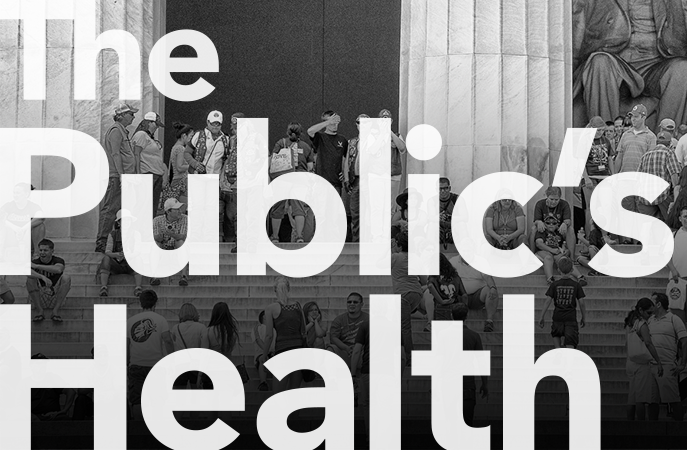Sixteen million American children live in poverty, putting them at risk for delayed development, disease, and poor educational outcomes. The Earned Income Tax Credit (EITC) is a pro-work, federal tool that has reduced or eliminated poverty for 13.2 million children. Cash transfer programs like EITC improve maternal and infant health.
But 20% of eligible households do not claim this tax credit. More problematically, those families who do seek the refund give away 15-20% of it ($1.75 billion yearly) to for-profit tax preparers.
To lower the U.S. poverty rate which has plateaued, how might health systems help families maximize this economic credit?
Pediatricians are uniquely-positioned, trusted professionals, interacting regularly with low-income families; over 90% of children under two years old see a doctor yearly. A recent program suggests it is possible to connect EITC-eligible families to free tax preparation through physician referral, fliers included with visit reminders, in-clinic advertising, and calls to families with upcoming appointments in the pediatric clinic, offering tax services 15-25 hours weekly, including evenings and weekends. Walk-in visits to a tax preparer, in conjunction with a medical appointment, are available. Families arrive 15 minutes early to complete intake, go to their appointment while taxes are prepared by trained volunteer professionals, and return to finalize their return after the physician visit. Grants, corporate donations, and private philanthropy are used to cover central programming costs (one full-time staff salary, marketing materials, computers).
The program was associated with increased filing rates, receipt of EITC (average $605 refund), and use of free tax preparation, all of which increase money for low-income families. Participants felt more connected to their doctor than persons who didn’t join the program.
Finding such clever, convenient ways to make better use of federal policies to reduce poverty one family at a time creates a novel community resource. Doctors’ offices are one of the only places all families with young children frequent. Targeting predominantly minority, low-income, and Medicaid-insured patients, many of whom are non-English speaking, such tax returns-on-site programs, if disseminated, will permit families to share their financial struggles and enhance the EITC's underestimated pro-work effect.
For all the talk of the patient-centered “medical home”—a team-based approach for better health outcomes—programs like this one, with a wider view of health creation, are the beginning of a new model: “healthy homes.”
Warmly,
Michael Stein & Sandro Galea
